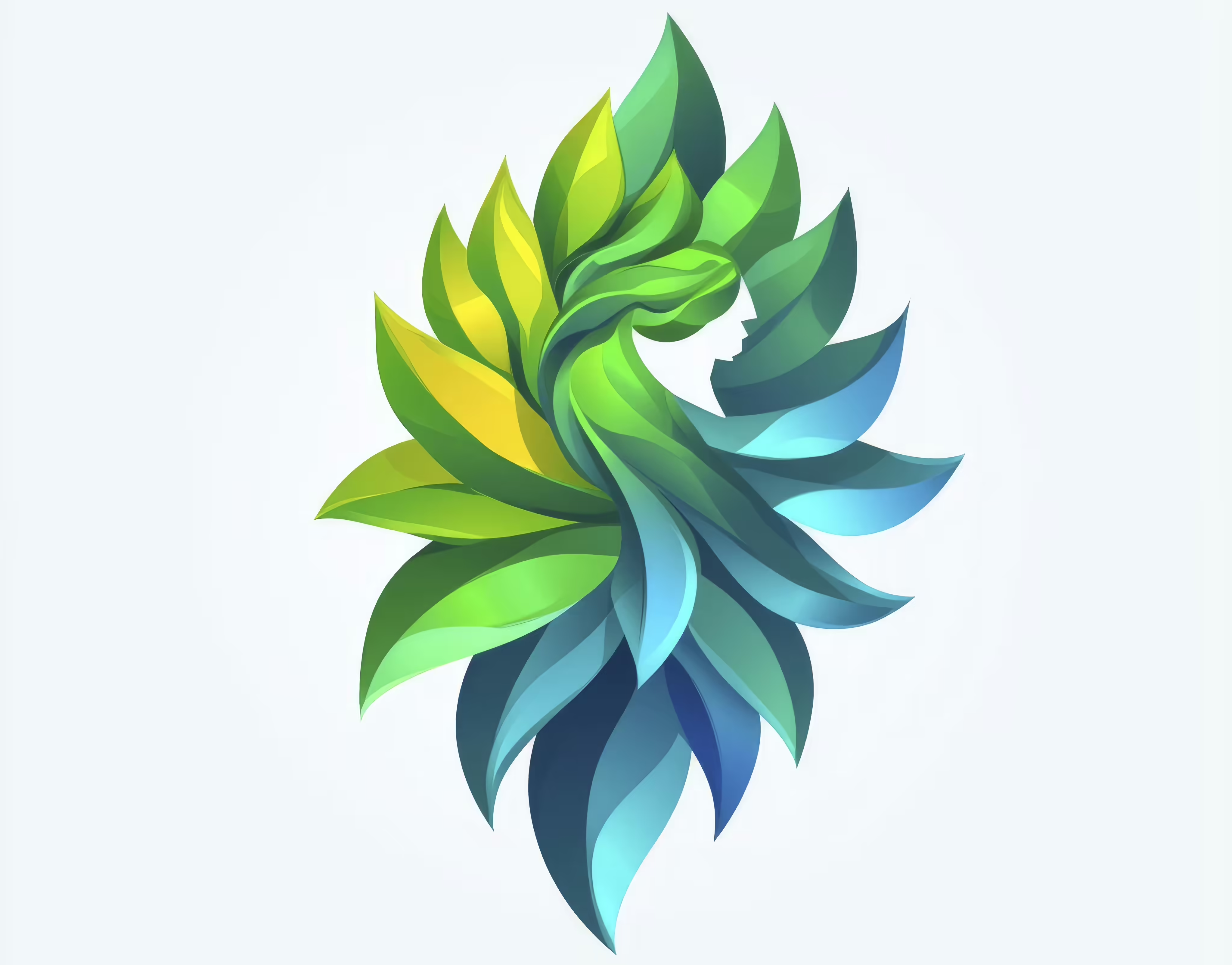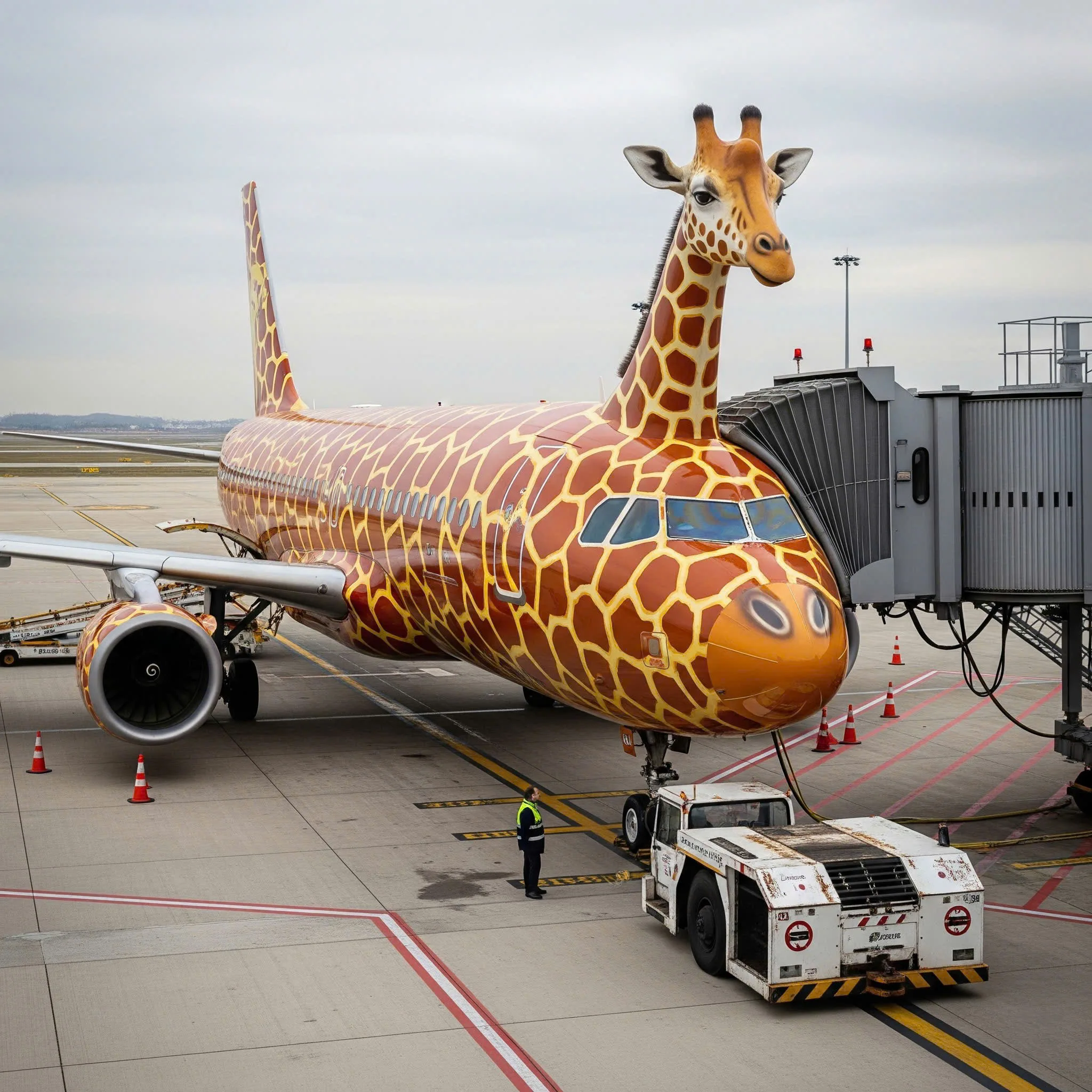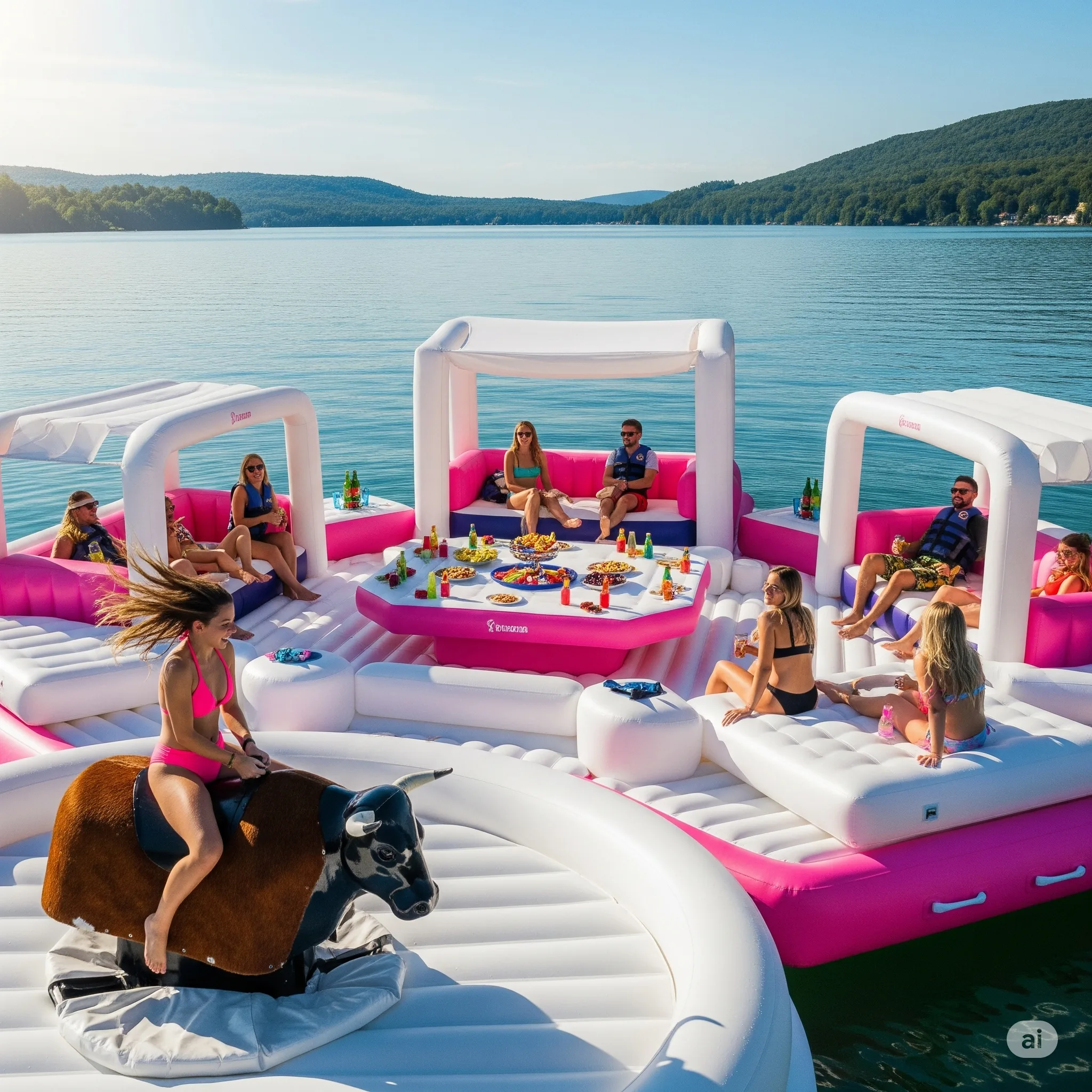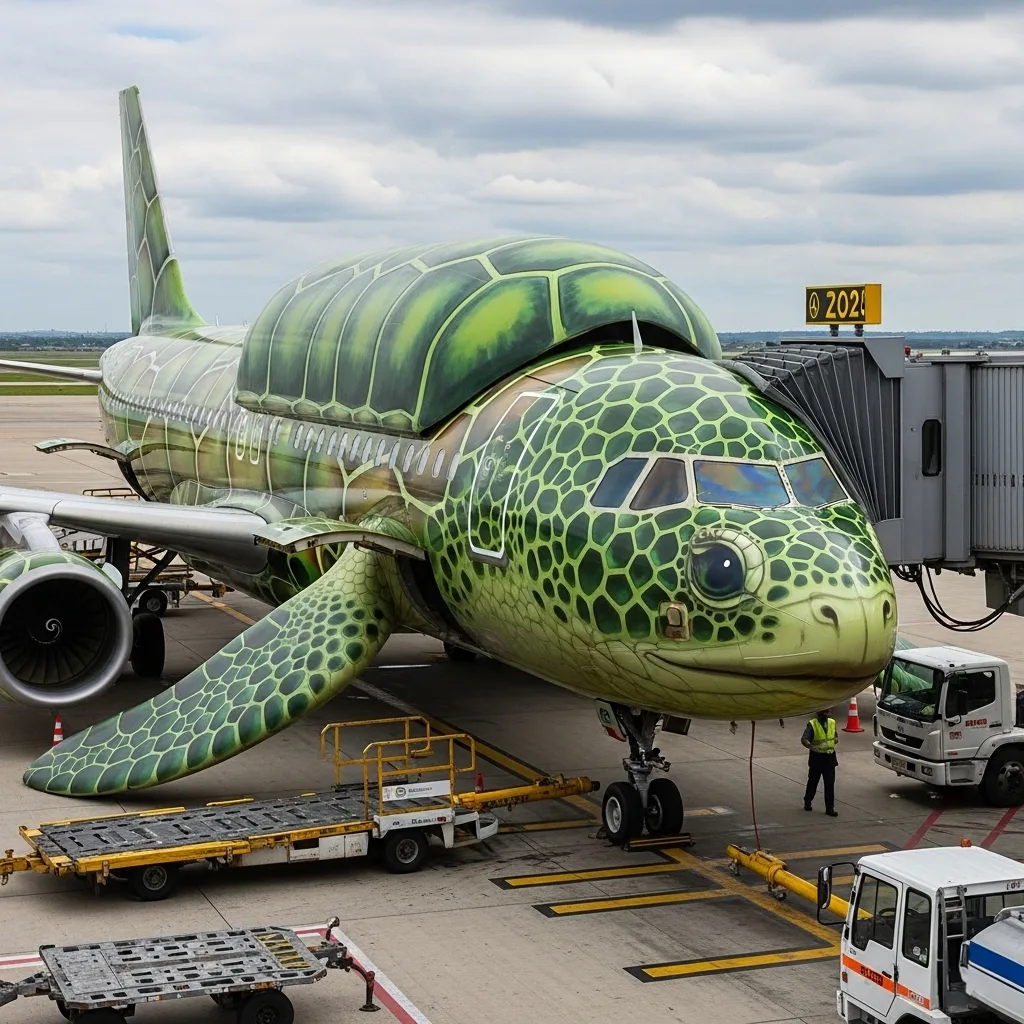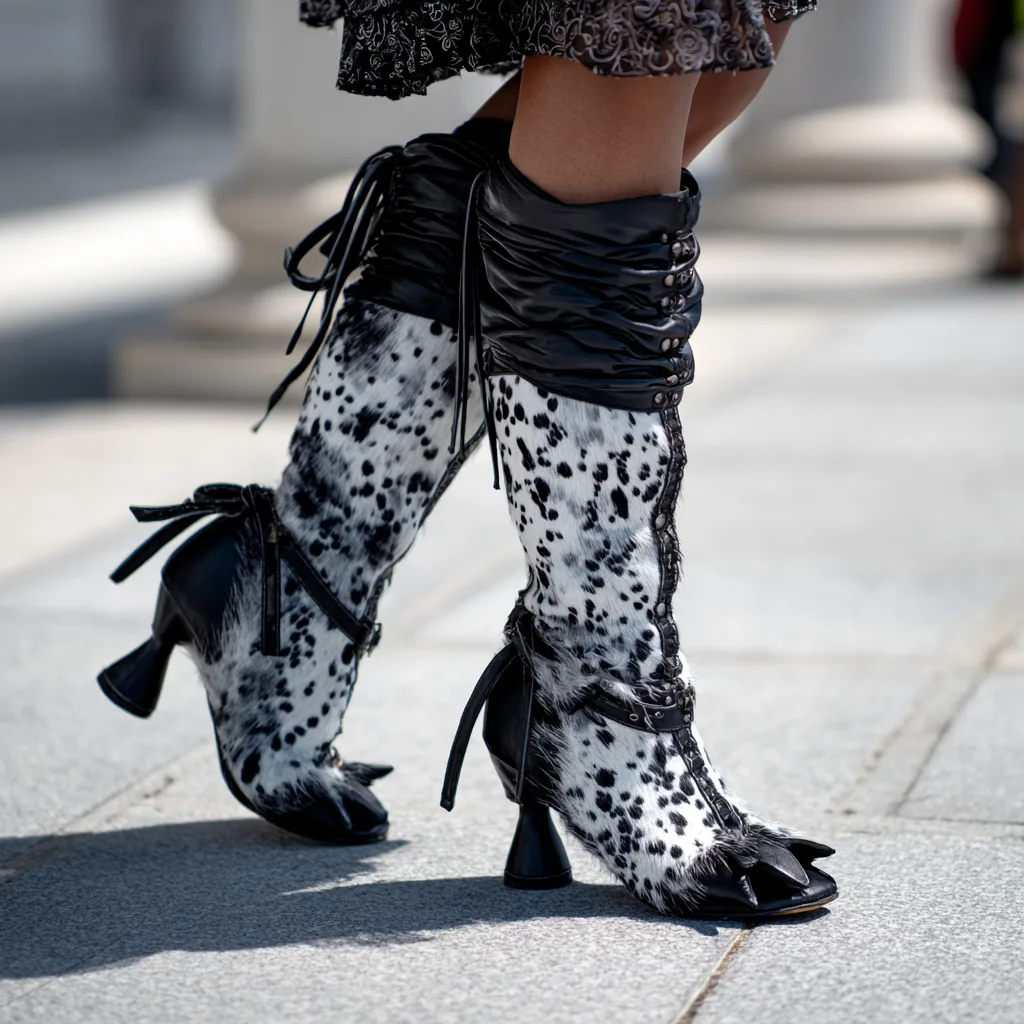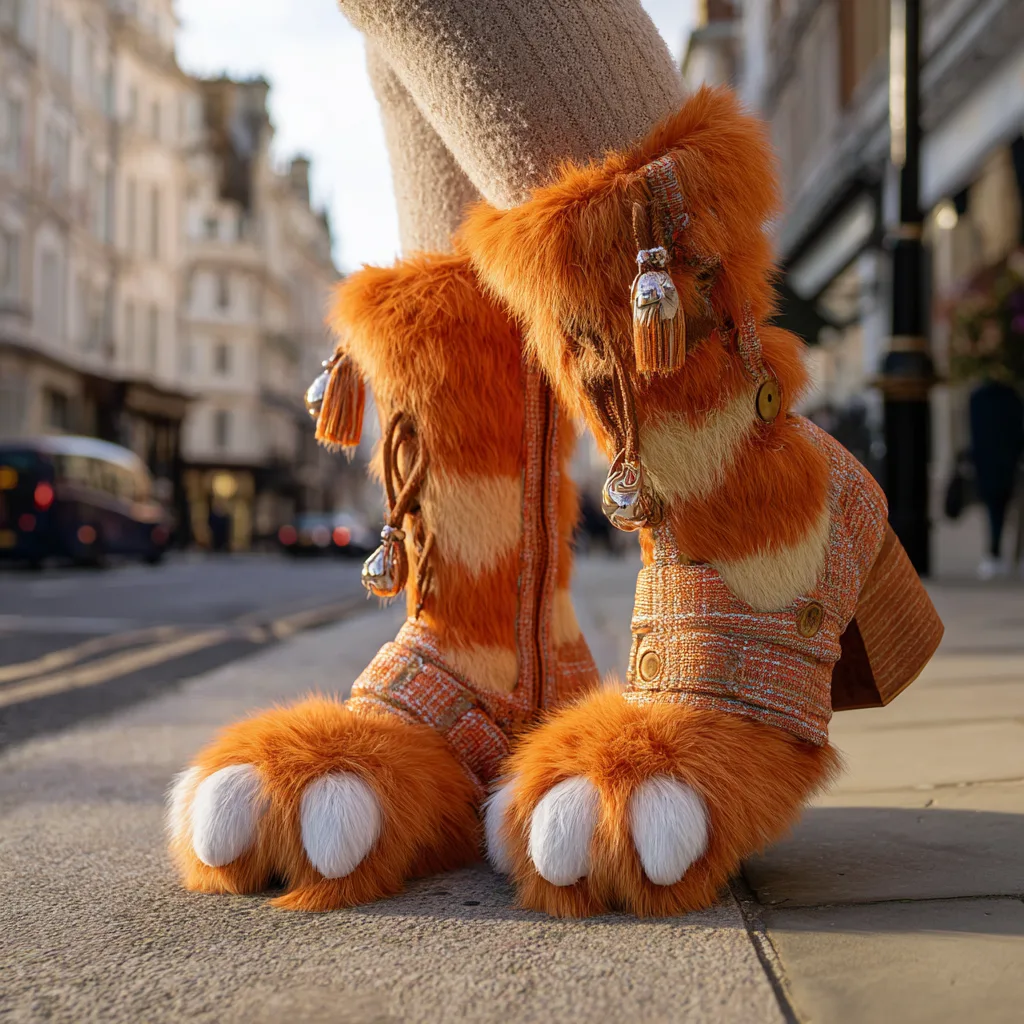Contents
- 1 Soaring into the Skies with Animal-Inspired Wonder
- 2 The Origins of Animal-Shaped Aviation Design
- 3 When the Skies Roar with Wild Imagination
Soaring into the Skies with Animal-Inspired Wonder
The sky has always been a canvas for human imagination, but few innovations blend engineering with creativity as boldly as the animal-shaped jet. These extraordinary flying machines fuse the aerodynamic power of modern aviation with the wild, striking aesthetics of the animal kingdom. Far beyond novelty or artistic whimsy, animal-shaped jets represent a new dimension in aerial design—one that merges form, symbolism, cultural storytelling, and engineering ingenuity. Whether built for performance, thematic expression, or public spectacle, these airborne beasts are captivating imaginations around the globe.
The Origins of Animal-Shaped Aviation Design
The idea of designing jets that mimic animals isn’t just playful—it stems from deeper human fascination with nature’s most efficient flyers and runners.
- Nature as Blueprint: The earliest aircraft designs were inspired by birds. Wright brothers’ gliders, Leonardo da Vinci’s sketches, and modern stealth jets all reflect this biomimicry.
- Cultural Influence: Mythical creatures like dragons, phoenixes, and flying horses have long appeared in global folklore—now echoed in real-world jet concepts.
- Fantasy Meets Function: While some animal-shaped jets are entirely fantastical, others lean on animal form for aerodynamic principles or visual cues tied to performance and stealth.
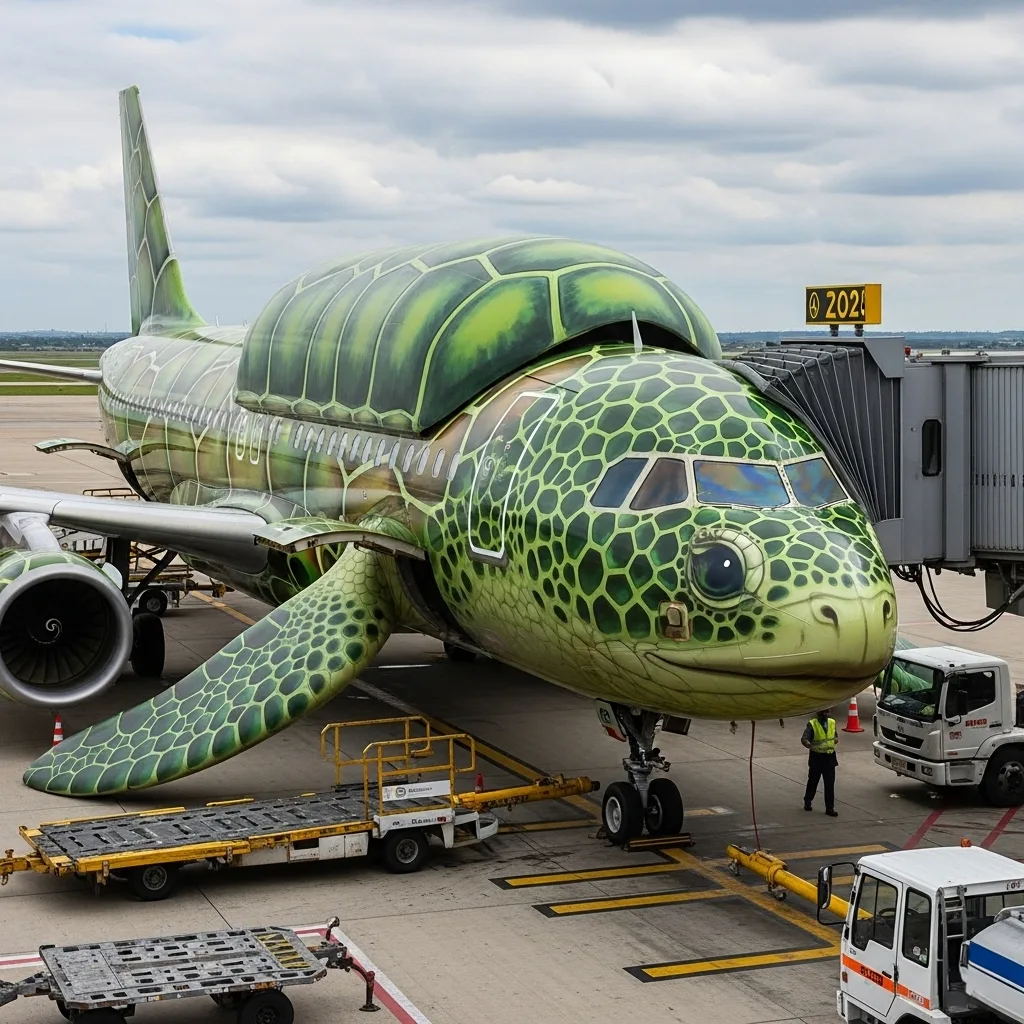
The result is a fusion of function and fantasy—designs that perform in the sky while telling a story from the wild.
Defining Features of Animal-Shaped Jets
These flying marvels don’t just sport painted-on patterns—they adopt entire anatomical characteristics of specific creatures.
- Sculpted Exteriors: Jets are sculpted to mimic the physical contours of animals—curved fins, elongated snouts, wing-like appendages, tails, or armored skins.
- Thematic Paintwork: Hyper-realistic airbrushing or stylized paint jobs mimic animal skins—leopard spots, eagle feathers, shark teeth, tiger stripes, or dragon scales.
- Kinetic Components: Some concepts include moveable parts like wings, jaw elements, or tail stabilizers shaped like tails or fins.
- Hybrid Forms: Designers often blend multiple animal traits, such as a falcon’s wings with a bull’s torso, or a serpent’s body with a dragon’s head.
While the core functionality of the jet remains intact, these additions give each aircraft a distinct personality and symbolic presence.
Types of Animal-Inspired Jets
Different animals evoke different moods, roles, and functionalities. From stealth bombers to thematic showpieces, there’s a jet style for every beastly concept.
1. Shark-Shaped Jets
- Sleek, aggressive forms with forward-angled noses and fin-like stabilizers.
- Common in military aviation for intimidation and dominance.
- Often feature stylized jaws, eyes, and gill slits.
2. Dragon-Inspired Aircraft
- Fused mythology and combat symbolism.
- Elongated bodies, horn-like protrusions, and flame-like paint effects.
- Popular in ceremonial flyovers and state displays.
3. Bird of Prey Jets
- Falcons, eagles, and hawks are the inspiration for high-speed, high-agility crafts.
- Wings with feather-illusion elements, sharp beaklike front ends, and aerodynamic symmetry.
- These often serve as national symbols and appear in patriotic air shows.
4. Insect-Themed Drones and Jets
- Smaller aerial vehicles like drones mimic beetles, dragonflies, or hornets.
- Emphasis on lightweight design and stealthy movement.
- Some military prototypes use modular insect-like wing structures.
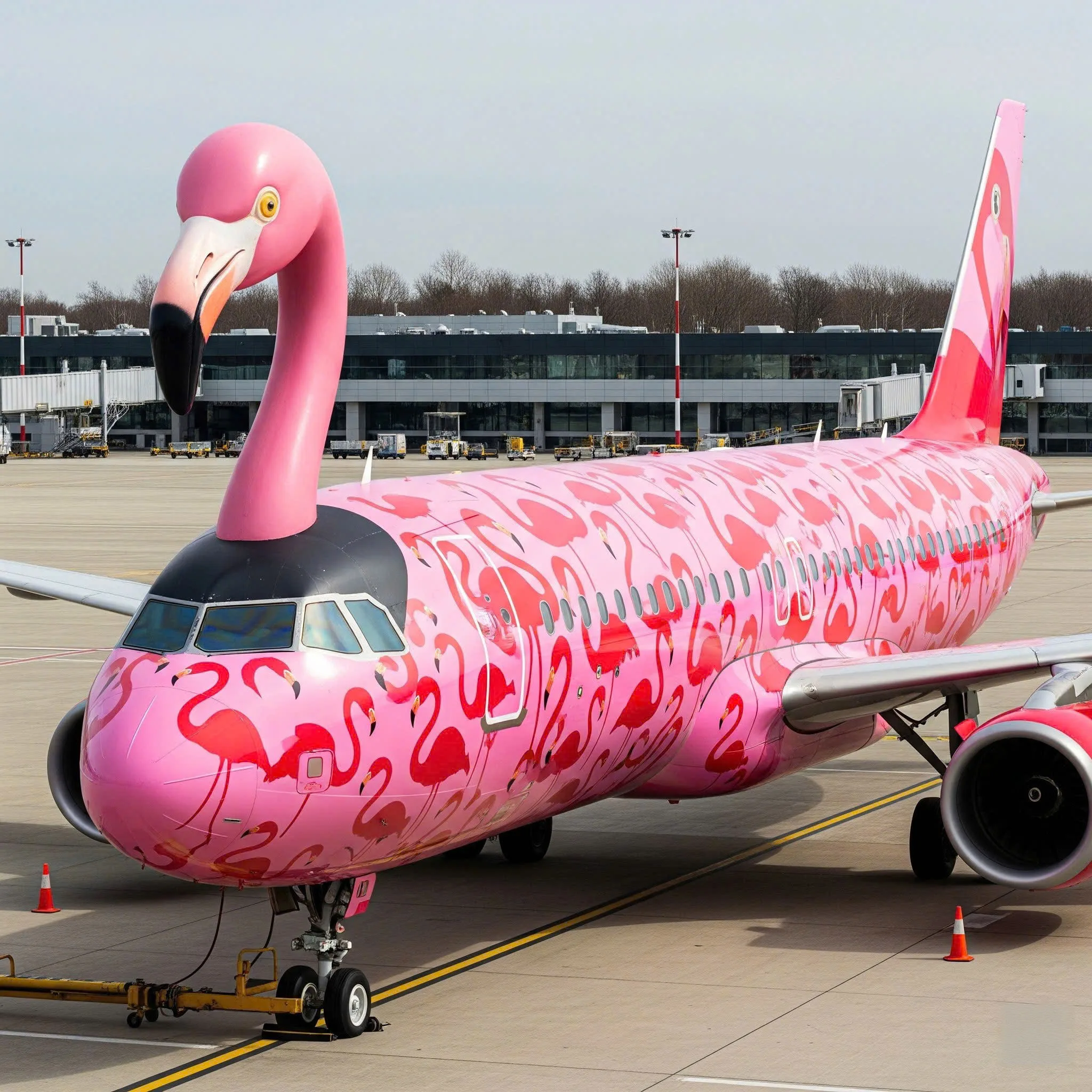
5. Fantasy Animal Hybrids
- Fully imaginative designs such as griffins, chimera, or alien creatures.
- Often seen in entertainment, film, or concept artwork for games and futuristic prototypes.
Each design taps into symbolic archetypes—cunning, ferocity, grace—making them much more than flying vehicles.
Engineering Challenges and Innovations
Transforming jets into animal-shaped designs is no easy feat—it requires a balance between imagination and the strict rules of aerodynamics and physics.
- Drag and Lift: Sculptural elements like horns, tails, or extended wings must be designed to avoid increasing drag or disrupting airflow.
- Weight Distribution: Added features require internal rebalancing to ensure safe, smooth flight.
- Material Innovation: Lightweight composites like carbon fiber allow for artistic shapes without compromising speed or stability.
- Flight Testing and Simulation: Custom simulations ensure non-standard shapes won’t hinder thrust, turbulence management, or pilot control.
- Camouflage and Coatings: Some military jets incorporate animal designs not just for intimidation, but to confuse visual detection and radar.
This intersection of artistry and aeronautics demands cutting-edge engineering and daring creativity.
Symbolism and Psychological Impact
Animal shapes aren’t just aesthetic—they carry deep meanings that influence how aircraft are perceived by viewers, allies, and adversaries alike.
- Predator Symbols: Tiger- and eagle-shaped jets symbolize dominance, vision, and agility.
- Mythological Power: Dragon designs convey supernatural strength and invincibility.
- Territorial Claims: Some nations use specific animal-themed jets to reflect national identity—like an eagle in the USA or dragon in China.
- Psychological Warfare: In combat or show-of-force missions, the intimidating presence of a tiger-striped or shark-toothed jet can have psychological effects.
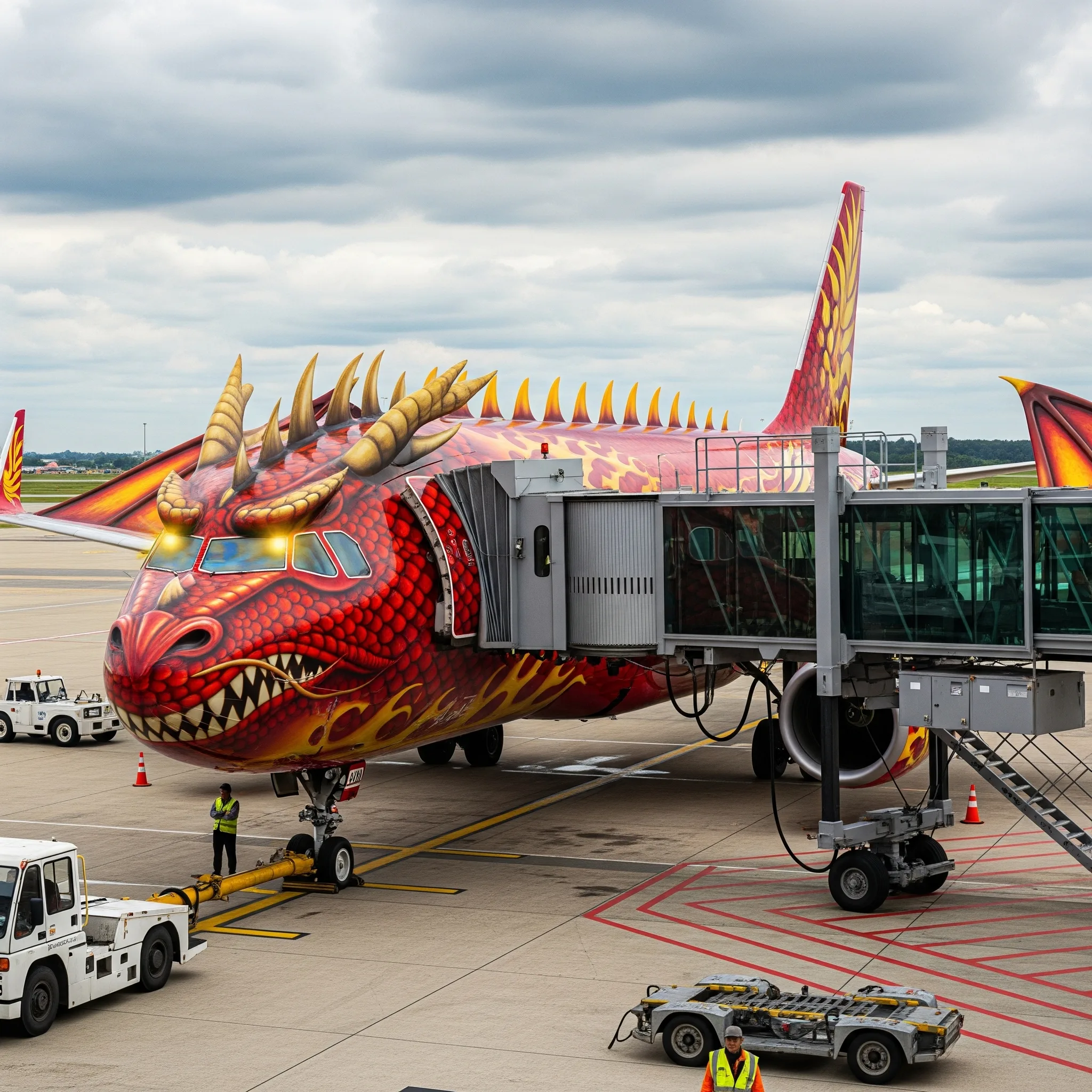
Design becomes communication—telling stories of strength, legacy, and strategic intent.
Civilian and Artistic Expressions
Not all animal-shaped jets are built for military or competitive use. Some are expressions of creativity, spectacle, and branding.
- Themed Airshows: These jets often debut at air festivals, featuring complex visuals and in-flight choreography.
- Luxury Custom Jets: Wealthy owners sometimes commission personalized jets that resemble favorite animals, family crests, or even pets.
- Entertainment and Cinema: Sci-fi films and animated features often showcase fantastical jets inspired by eagles, dragons, or insects.
- Corporate Marketing: A few bold companies have commissioned animal-themed aircraft for attention-grabbing branding and social media virality.
These jets aren’t just machines—they’re moving works of public art and storytelling.
The Future of Animal-Themed Aviation
As aircraft design moves into the next era—AI-assisted, sustainable, and space-capable—animal influence remains present in surprising ways.
- AI and Responsive Design: Future jets may mimic how birds dynamically shift their feathers or fish change fin position—adding real-time adaptive control.
- Sustainable Biomimicry: Nature’s energy-efficient structures could inspire low-emission aircraft shaped like gliding birds or flying mammals.
- Space Animalcraft: Conceptual spacecraft already include dragonflies, stingrays, and serpents as shape inspirations for interstellar design.
- Holographic Projection: Some animal elements may be digitally projected onto jets during flight, offering visual drama without aerodynamic penalty.
The fusion of form and function will only deepen as technology advances, turning the skies into stages for biological art and flight.
When the Skies Roar with Wild Imagination
Animal-shaped jets are more than just engineering marvels or fantastical novelties—they represent humanity’s ongoing love affair with nature, mythology, and the freedom of flight. These powerful machines bring life to the skies in unexpected, unforgettable ways, transforming the air into a domain not just of machinery but of majestic, soaring creatures. From dragon-bodied stealth fighters to eagle-winged jets slicing the clouds, animal-shaped jets remind us that even in the age of metal and code, the wild heart of creativity still leads the way.

